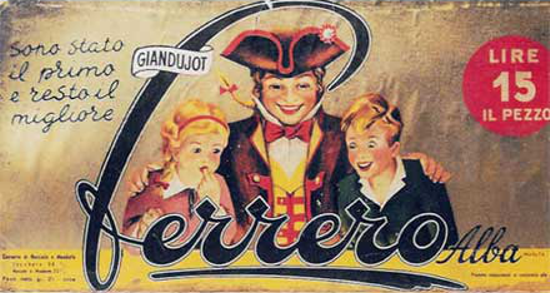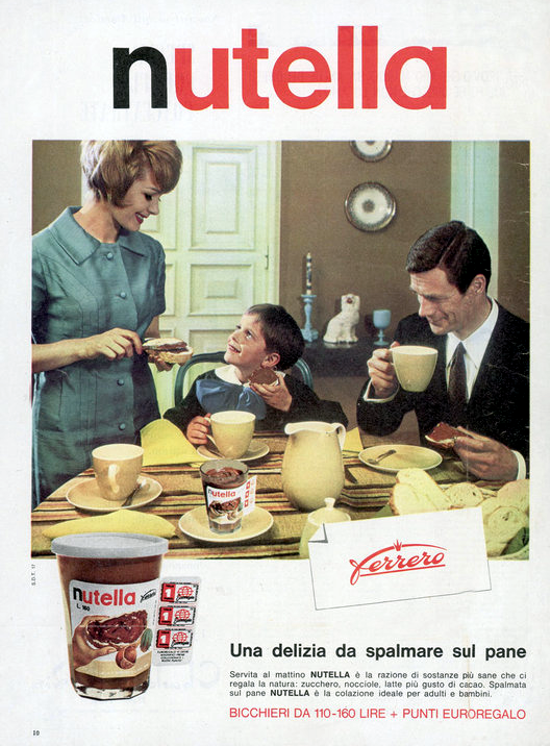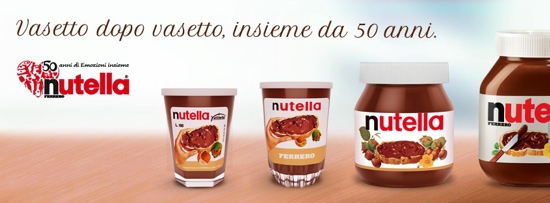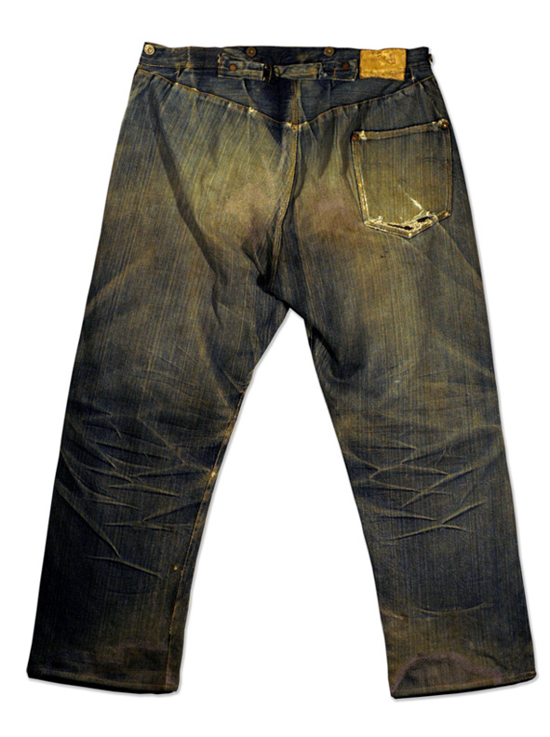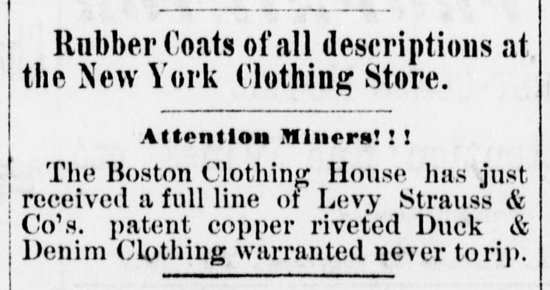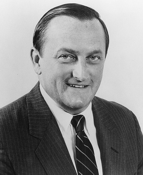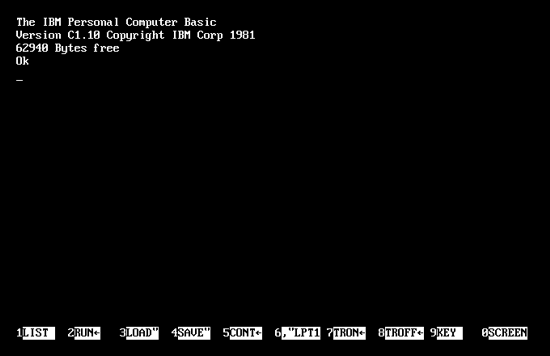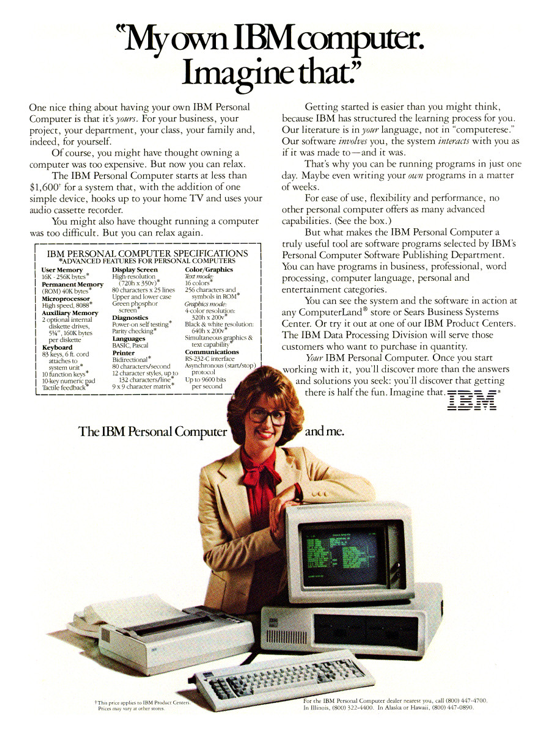 |
| Colgate logo |
Names:
--- "Colgate's Antiseptic Dental Powder" (glass jar)
--- "Colgate's Ribbon Dental Cream" (collapsible tube)
--- "Colgate's Antiseptic Dental Powder" (glass jar)
--- "Colgate's Ribbon Dental Cream" (collapsible tube)
Category: Health - Beauty
Subcategory: Toothpaste
Inventor - Producer: Colgate & Company under the management of Samuel Colgate (founded by his father William Colgate in 1806)
Production start: 1873 (in jar, 1896 in collapsible tube) - New York City, USA
Features: The label of the "Colgate's Antiseptic Dental Powder" in jar reads: "To cleanse and whiten the teeth. This powder contains precipitated carbonate of calcium, carbonate of magnesium, and soap. Endorsed by professors of chemistry in dental schools and recommended by leading dentists".
Interesting facts: In 1806, William Colgate starts a starch, soap and candle business on Dutch Street in New York City. In 1857, upon his death, the company is reorganized as Colgate & Co. under the management of Samuel Colgate, his son.
Slogan (1908): «We couldn't improve the product so we improved the tube».
Property: Colgate-Palmolive Company
Producer website: http://www.colgatepalmolive.com
 |
 |
| Colgate's Antiseptic Dental Powder (1873) |
 |
| Colgate's Dental Powder, newspaper advertisement (The Indianapolis journal, Oct. 18, 1891) |
 |
 |
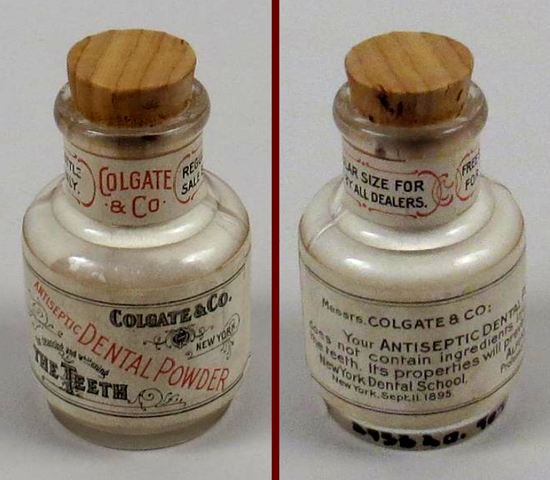 |
| Colgate's Dental Powder in a sample box (1897) |
 |
| Colgate's Antiseptic Powders advertisement (Country Life in America magazine, February 1905) |
 |
| Colgate's Antiseptic Dental Powder advertisement: a special package marks Colgate company's 100th anniversary (The Delineator magazine, September 1906) |
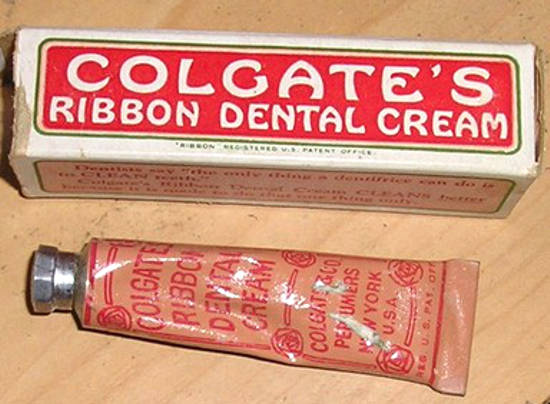 |
 |
Colgate's Ribbon Dental Cream (1896). In 1892, Doctor Washington Sheffield, an American Dentist of New London manufactured toothpaste into a collapsible tube (right image below). He had the idea after his son travelled to Paris and saw painters using paint from tubes. Colgate's Ribbon Dental Cream was packaged in collapsible tubes imitating Sheffield. The original collapsible toothpaste tubes were made of lead. |
 |
 |
Colgate's Ribbon Dental Cream advertisement (The Ladies' Home Journal, Feb. 1910) |
 |
Colgate's Ribbon Dental Cream advertisement (McCall's Magazine, Dec. 1911) |
 |
Colgate's Ribbon Dental Cream advertising card (1915) |
 |
The inventors of the Colgate toothpaste. From left: William Colgate (Hollingbourne, Jan. 25, 1783 - New York City, Mar. 25, 1857), who founded in 1806 what became the Colgate toothpaste company, and his son Samuel Colgate (New York City, Mar. 22, 1822 - Orange, Apr. 23, 1897), manager of the Colgate & Co. during the years of product launch. |
 |
Colgate toothpaste, an advanced version |


